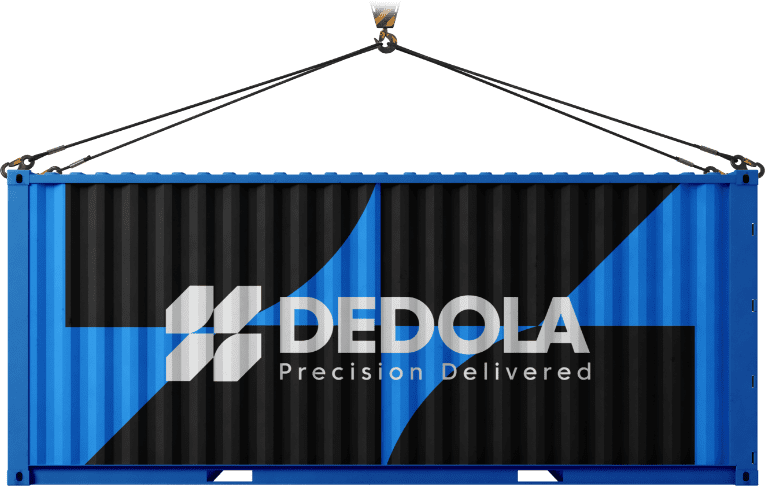October 27, 2025
A long-anticipated meeting between President Trump and President Xi Jinping produced a tentative “framework” agreement over the weekend, pausing — but not canceling — the 100 % tariffs the United States planned to impose on Chinese imports beginning November 1.
The announcement comes after months of tariff warnings and retaliatory signals that had unsettled importers, investors, and supply-chain planners worldwide.
What Was Announced
According to reports from The Guardian and NBC News, the two leaders agreed in principle to delay the tariff increases while negotiators finalize terms addressing market access, intellectual-property protections, and Chinese export controls on critical minerals.
China has also agreed to hold off on new restrictions covering rare-earth elements and advanced battery materials — inputs essential to automotive, technology, and renewable-energy manufacturing.
Neither side has released a full text. U.S. officials described the framework as “a pathway toward a broader trade accord,” while Chinese sources called it a “balanced and constructive outcome.”
The 100 % tariff threat remains active should either side fail to meet milestones in the coming weeks.
Why It Matters
The framework eases immediate pressure on importers who faced steep cost increases and potential shipment delays if tariffs had taken effect next week. However, it also extends uncertainty: implementation details, verification procedures, and long-term enforcement remain unresolved.
Analysts note that the delay may be partly political, offering both governments a short-term win before election and policy deadlines. Market reaction has been cautiously positive — equities tied to retail and manufacturing rose in early trading — but logistics professionals warn that policy volatility is still high.
Potential Supply-Chain Effects
- Pricing and Procurement – Suppliers may postpone or revise quotes that included tariff contingencies. Importers could see brief price stability but should expect adjustments once final rules are known.
- Mode Shifts – Some companies accelerated shipments in October to beat the deadline. The pause could momentarily ease demand pressure on air freight, though carriers remain near capacity ahead of the holiday season.
- Route Diversification – Manufacturing in Vietnam, Malaysia, and Mexico continues to attract attention from firms hedging against future tariff exposure.
- Compliance Reviews – Trade and customs teams are re-evaluating classification codes and origin documentation to ensure readiness if duties are reinstated.
The Timeline Ahead
- October 30 – November 1: Formal working-level meetings to outline verification procedures.
- Mid-November: Expected release of a preliminary text and agricultural purchase commitments.
- Late November: USTR’s Section 301 exclusion program review deadline — potential overlap with new tariff announcements if talks stall.
Each milestone carries implications for freight rates, carrier scheduling, and customs planning. Importers should monitor updates daily rather than assuming stability through year-end.
Key Takeaways
- The U.S.–China “framework” delays, but does not remove, the 100 % tariff threat.
- Export-control relief on rare-earth minerals is temporary.
- Supply-chain conditions remain fluid through November.
- Freight capacity and pricing could shift quickly as traders respond to policy news.
When to Seek Expert Support
While most importers are already tracking tariff developments, a logistics partner familiar with real-time trade shifts can help:
- Scenario planning: modeling landed-cost outcomes under multiple tariff levels.
- Mode optimization: evaluating when short-term air freight offsets tariff risk.
- Documentation guidance: ensuring HS codes, certificates, and supplier data align with evolving customs rules.
- Visibility tools: keeping shipments traceable during routing changes or sudden policy shifts.
Dedola Global Logistics monitors regulatory updates and coordinates with trade-compliance specialists worldwide. For companies seeking clarity on exposure or routing flexibility, a brief consultation can help translate policy headlines into operational decisions.





